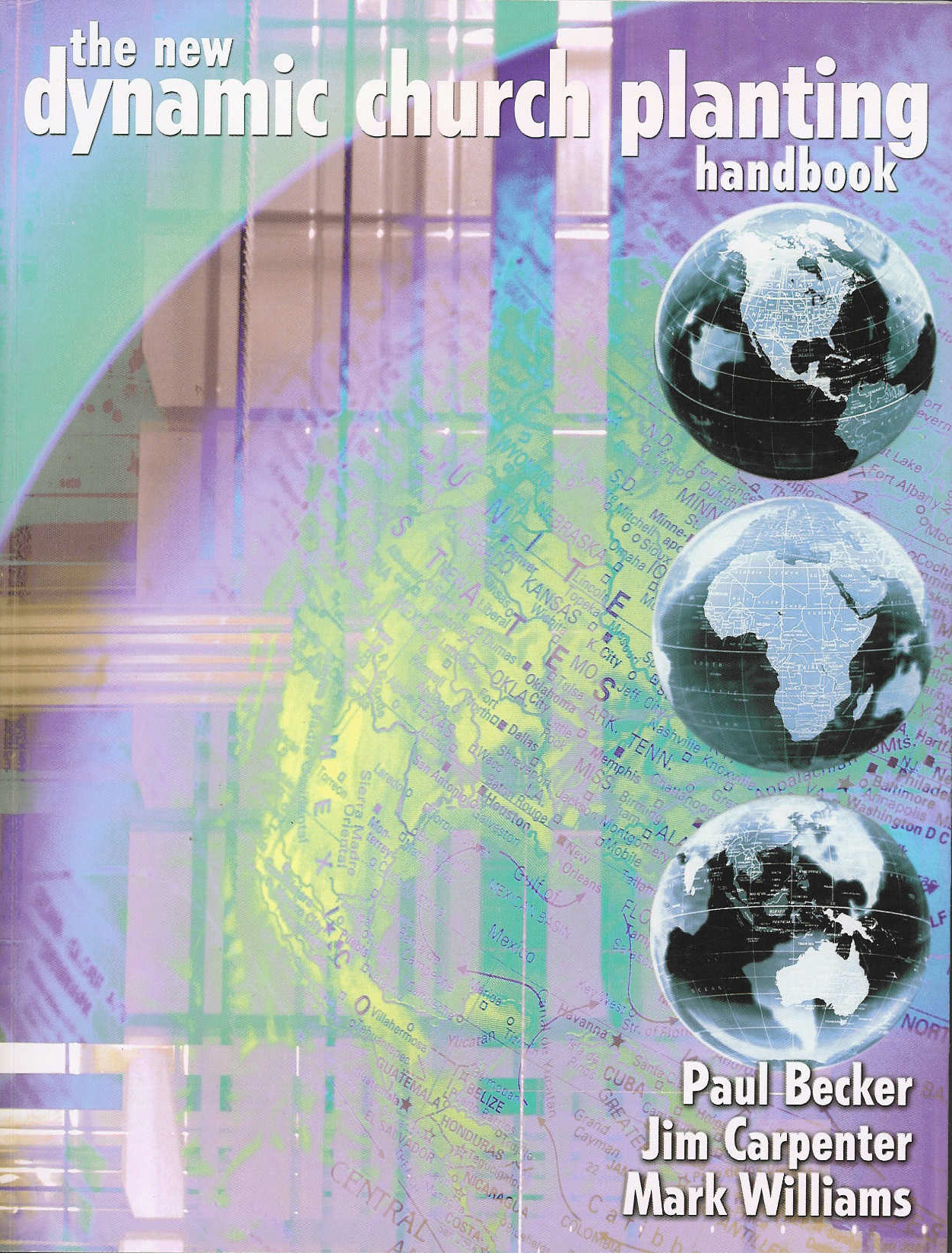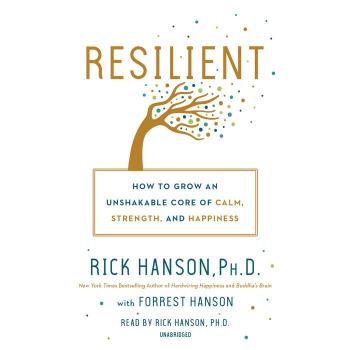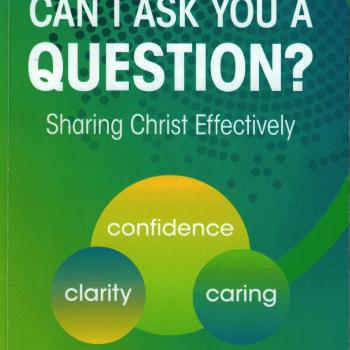
The Dynamic Daughter Church Planting Handbook by Dynamic Church Planting International
Note: You can get a FREE copy of this book at the Dynamic Church Planting International website.
The Dynamic Daughter Church Planting Handbook is a guidebook for sponsoring churches. To begin, this book is a handbook that is written in a workbook style. The publishing company was updating this book and the workbook was the only form of this book they had to sell. As such, this reviewer saw this as more suited for a seminar rather than a seminary. Indeed, the book reads like it could be taught in a seminar for sponsoring church pastors.
The handbook is divided into four sections: Beginning the Adventure, Steps to Dynamic Daughter Church Planting, The Church Planting Pastor, and A Church Planting Pastor’s Roadmap. The handbook contains an appendix with many useful worksheets. The most valuable sheet in this appendix is the “Church Planting Flowchart.” This sheet alone is better suited than most books that describe the steps and processes of church planting.
The first section deals with the questions about why one should start churches. Like other books, it gives a logical name for church splits (what it calls unintentional church planting). This is followed by a set of statistics that shows the need for church planting. Also included in this section is a set of reasons why new churches are more effective. The best reason for church planting is to prevent a church from focusing only on themselves (1-14). Objections to sponsoring a new church (it uses the phrase “daughtering” instead of sponsoring or partnering) are answered (1-16 through 1-28).
The second section shares six steps to dynamic daughter church planting. These steps include (1) sharing the dream of a daughter church, (2) determine the level of involvement, (3) find the church planting pastor and team, (4) mentoring, internship and core team recruiting, (5) launch and celebrate, and (6) nurture your daughter church and multiply. This reviewer was impressed that there was an emphasis upon prayer (2-2). Beginning with prayer is considered essential. Sponsoring church pastors need to spend time in prayer before they launch out in this endeavor. The sponsoring church pastor also needs to highlight the joys of being a parent and grandparent. The experience of this reviewer has seen the joy go out of the sponsoring church pastor very quickly. When things don’t go as planned or do not go well in the first couple of years, disappointment may set in. The sponsoring church pastor may get upset at the “performance” of the church planter. This section shares a sample “Mother or Partner Church Commitment Worksheet” (2-23 through 2-28). A helpful insight in this section was the need for a church planter to be an evangelist and an entrepreneur. An evangelist can bring people to Christ and His church while an entrepreneur helps build the church (2-46). A church planter need to have both skill sets. The section provides a sample “Church Planter Monthly Report” (2-81) which can be used to track the progress of the church planter’s work. The section ends with a challenge to become a church planting movement. Like other books, this section stresses the need for multiplication over addition (2-105).
The third section dealt specifically with the church planter. Chapter One shares the call of a church planter. Chapter Two reveals the characteristics of a church planting couple. God does not call the man alone to plant a church. There are many qualities, but it boils down to organization and relationship-building skills. The couple needs to be able to reach out to other people. This book shares a list of characteristics for the church planting wife (3-13). Chapter Three deals with the call to plant a church. Chapter Four reveals the pitfalls of church planting. This reviewer knows these pitfalls through personal experience. Despite probably failing into every pitfall, the church plant I pastor has continued. While the pitfalls are real, they can be overcome.
Chapter Five reveals probably the hardest skill for a church planter – maintaining balance and avoiding burnout. The chapter lists a set of a questions, which when answered, will help bring back balance. Personally, diet and exercise have been the most difficult area of balance for this church planter. Chapter Six discusses the need to care for the church planting spouse and children. When this reviewer started a church, our family started with two foster children. Since then, two more children have come into our family. Only recently has the status changed from foster children to adoptive children. In hindsight, it is clear to this student that Satan attacks the church planter through the family. It has seemed that pastoring the church plant was the easiest part of my day compared to taking care of four foster girls. Yet God has been faithful. Two have decided to follow Christ and be baptized.
The fourth section revealed a church planter’s roadmap. The roadmap included five phases of church planting. These phases include (1) building a solid foundation, (2) reaching out to people, (3) preparing for a dynamic birth celebration, (4) helping the crowd become a church, (5) developing the new church. This reviewer was encouraged to see that building a solid foundation was based upon prayer. The book encourages the use of a process of ministry to help people become fully devoted followers of Jesus Christ (4-8). This roadmap gives detailed steps for each phase of the roadmap. While this may be helpful for some, experience has taught this reviewer that things seldom happen as one would expect. Flexibility needs to be set into the process.
In practice, this reviewer first disagrees with the strict use of these phases. The roadmap is sound. However, in reality, the roadmap may discourage some church planters because it places so many expectation on the church planter. This reviewer also takes exception to the use of the word “daughter church.” This implies a parent-child relationship between two churches. However, the proper biblical term should be a partnering church.
This book is a manual for church planting. As such, its spends less time on the theological foundation is more time on the mechanics of church planting. The hermeneutical foundation is sound, though in most places absent. This foundation is assumed. The handbook compliments Connections by Gustavo Suarez, and Seven Steps to Planting Churches by the North American Mission Board. This book is published for the Churches of God, General Conference. The fact that the information is similar to these previously mentioned books shows that church planting has common methods no matter the denomination. For a church planter who needs a detailed roadmap, this book would be highly recommended, For the person who like charts and forms to accomplish tasks, this book would also serve their needs.












